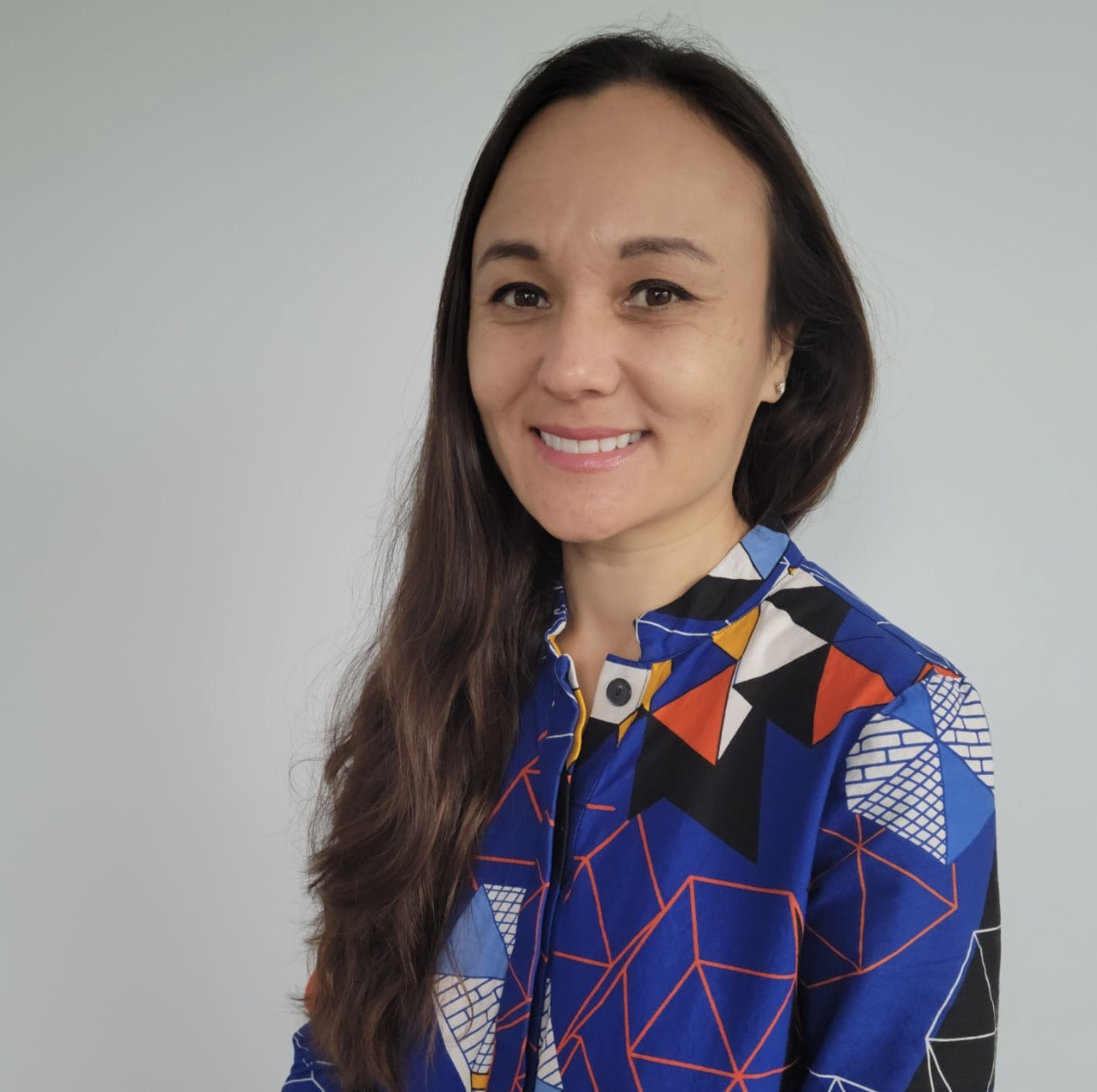SXSW is one of OMD’s sources of signals that our teams use to inform how we make Better decisions, faster on behalf of our clients. This year, a team of OMD strategists from around the world descended upon Austin to be inspired, excited and surprised. We each took a different track to make sure we covered as much as possible and with the mission to write about our learnings to share with our teams and our clients.
The three insights from my Day 1 were:
- Consumers have a more fluid and nuanced view when it comes to value; increasingly, they will trade convenience in favor of quality content and curation
- There is a rising need for authentic experiences and a rejection of brands and individuals who jump on the bandwagon of meaningful moments for the sake of a selfie
- The value of design on the bottom line has been proven but the path to implement design principles is lacking at many organizations
My 4th SXSW experience began with the fascinating panel: The Next Form of Storytelling: The Future of Technology-Enabled Entertainment from the storyteller Jeffrey Katzenberg and analyst Meg Whitman. They shared their vision for bringing together the best of Silicon Valley and Hollywood to disrupt the current form of storytelling to create an entirely new category of short form content.
Their goal is to reach people between 7am to 7pm and steal 50% of the 40 mins that Americans currently spend on their mobile devices consuming average quality content. The reason they believe they can take this large share of time is the point of differentiation of their service Quibi; it delivers premium quality content. When you consider that the average YouTube creator earns $3,000 per minute versus Hollywood Directors who might earn up to $100,000 per minute, the output from the latter will inevitably be of a superior quality. And people are willing to pay for that. Whitman explained that there’s a rising preference for people to pay for what they want, rather than be locked in expensive bundled offers, to the point where they’ll sign up to 6 different subscription services to craft their own viewing experiences. With the advent of 5G, this sector is expected to grow.
Disruption to business models happens fast, within ‘a matter of seconds’ according to Whitman, and we need to be prepared to make better decisions, faster.
Next up was Pop Ups: Designing for Emotional Experiences, a panel which brought together the organizers of Burning Man, Color Factory, and the Brooklyn Museum. They agreed that the desire for real and shared human connection is more urgent than ever. Brands and organizations that create spaces where meaningful, quality experiences can occur will be the ones that become points of inspiration and destination. However, they cautioned the role of social media and how, while used as a record of these experiences, that the act of recording should not be the goal. With US National Parks now facing an over-crowding crisis caused by people making the trip for the selfie rather than enjoying nature and camp under the stars, perhaps brands can do more to be advocates for real, authentic experiences. To become trusted curators of moments of meaning, rather than contributors to broader bucket list mentality propagated by Instagram? The casual share has more ramifications that we initially realized. The fact notion that we need to be more aware and purposeful in our actions is a theme that later panels would echo.
Moving over to The Business Value of Design: A New Global Study, we heard from McKinsey on the results of a 5-year study they have conducted on over 300 publicly listed companies, using over 100 design actions and 2 million pieces of financial data. As you might expect, companies that make design a true strategic priority outperform their competitors from a revenue perspective.
The four factors which must all be present for success were laid as out follows:
- Design must be more than a feeling: it’s analytical leadership
- Design is more than a department: it’s cross-functional talent
- Design is more than a phase: it’s continuous iteration
- Design is more than a product: it’s a seamless experience
Whilst we have implicitly known about the importance of design, there are now data points to back it up. What’s challenging for companies though is that 95% of leaders feel they can’t make objective business on design. Without having a process for sharing prototypes with end users, or not involving users prior to the launch of new products, the inputs that would guide those decisions are lacking and organizations do need to consider their process for putting more objectivity into the decision-making process, so that better business outcomes can be achieved.
As I reflected upon OMD’s end-to-end process which takes inspiration from Design Thinking, where we’re committed to the practice of empathy and make rapid prototyping part of the way we work, this session served as a helpful affirmation of our efforts in this space.
